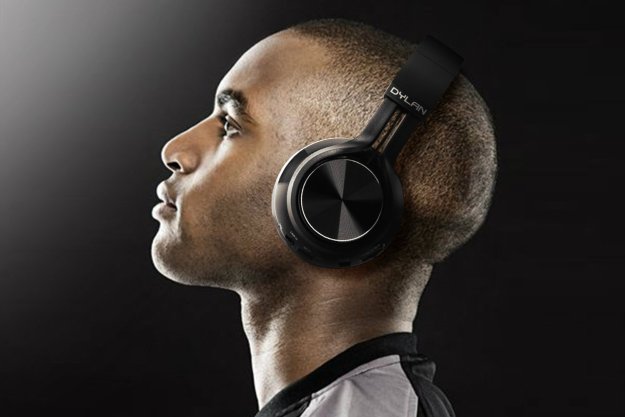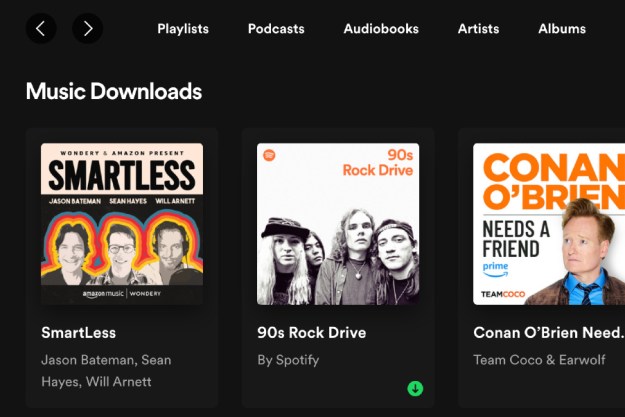Who’s afraid of the inevitable cyborg assimilation? With the help of a music technology professor and advanced bionic technology, one-handed drummer Jason Barnes can now play his instrument better than ever.
Barnes, who lost his right forearm and hand due to an electrocution accident in 2012, initially contacted Georgia Tech professor Gil Weinberg after seeing a video of his robotic marimba player, Shimon. After Weinberg heard the drummer’s story, the duo collaborated on a bionic arm custom-made for Barnes to play the drums. “The drummer essentially becomes a cyborg,” explained Weinberg to the New Scientist last year.
Weinberg further explained in a video interview with The Atlantic (above) that Barnes primarily wanted to be able to control the grip of the stick. “But he doesn’t have a wrist so he cannot control how hard he hits and that’s very important — a lot of expression from drummers comes from being able to hit very tight, to hit very loose… I really saw the potential. I thought we can make something amazing from that.”
Barnes’ prosthetic arm, an electromechanical device developed over several months, functions by means of a process called electromyography. After Weinberg and his team documented his drumming motions based on how he flexes, they programmed the prosthetic to recreate the motions. The device picks up on electrical signals from his upper arm which control the grip and speed of the drumstick. For example, tensing his bicep more can cause the prosthetic to grip the stick or hit the drum harder. The device also features a second stick, controlled by its own motor, which produces a “new beat with a complementary rhythm and melody,” according to the New Scientist.
Barnes now frequently performs with Weinberg and the professor’s band of robots. “Having a half-robot, half-man band just kind of coincided with each other,” Barnes explained to The Atlantic. “The robots, they never mess up so everything’s on time, everything stays — so you can get to a point where the music sounds really robotic and just too perfect and there’s no feel behind it.
Weinberg realized his band needed the human element to put it all together. “When it becomes your human emotion and expression and you are met with robots that have computation power and mechanical abilities, there can be a spark that could lead to amazing music that can really be something new and unique.”
Editors' Recommendations
- Space station’s new robotic arm springs to life
- Nvidia is ‘laying the foundation’ for ARM-based gaming PCs in the future
- A flock of bionic birds and an autonomous robot arm are Festo’s latest creations
- Armed and ready: Mars 2020 rover is fitted with its robotic arm


